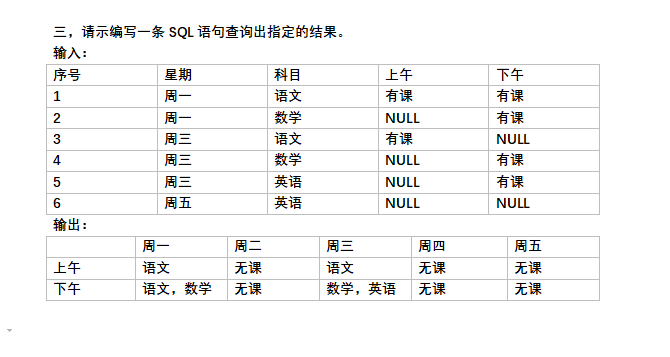If you are creating a 1d array, you can implement it as a List, or else use the \'array\' module in the standard library. I have always used Lists for 1d arrays.
What is the reason or circumstance where I would want to use the array module instead?
Is it for performance and memory optimization, or am I missing something obvious?
Basically, Python lists are very flexible and can hold completely heterogeneous, arbitrary data, and they can be appended to very efficiently, in amortized constant time. If you need to shrink and grow your list time-efficiently and without hassle, they are the way to go. But they use a lot more space than C arrays.
The array.array type, on the other hand, is just a thin wrapper on C arrays. It can hold only homogeneous data, all of the same type, and so it uses only sizeof(one object) * length bytes of memory. Mostly, you should use it when you need to expose a C array to an extension or a system call (for example, ioctl or fctnl).
array.array is also a reasonable way to represent a mutable string in Python 2.x (array(\'B\', bytes)). However, Python 2.6+ and 3.x offers a mutable byte string as bytearray.
However, if you want to do math on a homogeneous array of numeric data, then you\'re much better off using NumPy, which can automatically vectorize operations on complex multi-dimensional arrays.
To make a long story short: array.array is useful when you need a homogeneous C array of data for reasons other than doing math.
For almost all cases the normal list is the right choice. The arrays module is more like a thin wrapper over C arrays, which give you kind of strongly typed containers (see docs), with access to more C-like types such as signed/unsigned short or double, which are not part of the built-in types. I\'d say use the arrays module only if you really need it, in all other cases stick with lists.
The array module is kind of one of those things that you probably don\'t have a need for if you don\'t know why you would use it (and take note that I\'m not trying to say that in a condescending manner!). Most of the time, the array module is used to interface with C code. To give you a more direct answer to your question about performance:
Arrays are more efficient than lists for some uses. If you need to allocate an array that you KNOW will not change, then arrays can be faster and use less memory. GvR has an optimization anecdote in which the array module comes out to be the winner (long read, but worth it).
On the other hand, part of the reason why lists eat up more memory than arrays is because python will allocate a few extra elements when all allocated elements get used. This means that appending items to lists is faster. So if you plan on adding items, a list is the way to go.
TL;DR I\'d only use an array if you had an exceptional optimization need or you need to interface with C code (and can\'t use pyrex).
My understanding is that arrays are stored more efficiently (i.e. as contiguous blocks of memory vs. pointers to Python objects), but I am not aware of any performance benefit. Additionally, with arrays you must store primitives of the same type, whereas lists can store anything.
The standard library arrays are useful for binary I/O, such as translating a list of ints to a string to write to, say, a wave file. That said, as many have already noted, if you\'re going to do any real work then you should consider using NumPy.
Array can only be used for specific types, whereas lists can be used for any object.
Arrays can also only data of one type, whereas a list can have entries of various object types.
Arrays are also more efficient for some numerical computation.
If you\'re going to be using arrays, consider the numpy or scipy packages, which give you arrays with a lot more flexibility.
An important difference between numpy array and list is that array slices are views on the original array. This means that the data is not copied, and any modifications to the view will be reflected in the source array.


